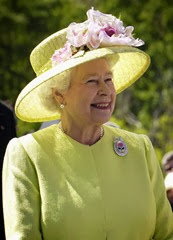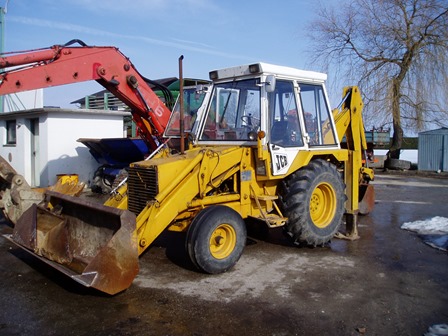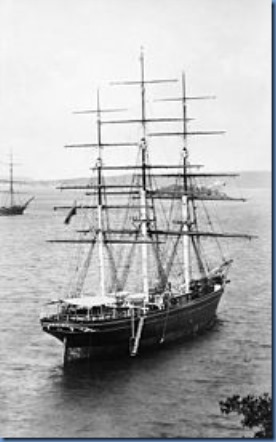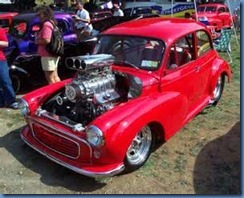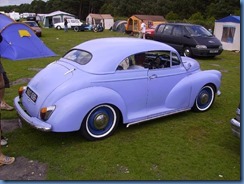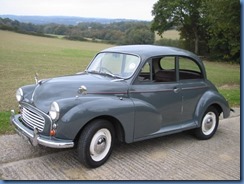This is the greatest ‘steeplechase’ event anywhere, and animal lovers love to hate it. Notwithstanding, almost all Brits place a bet on it. We even had a sweepstake at boarding school for the 1967 race.
This is what happened..
.. and this is why the Grand is so popular. You never know what will happen next, and anybody with a bet on Foinavon, running at 67:1 on the day, did ok thanks..
In the winners enclosure, there was just the horse and rider. The owners and trainer were not present, doing something more productive elsewhere as Foinavon usually ran like he had knee surgery on all fours the day before any race. What a shame that they missed the greatest achievement of their ‘ride’. It just isn’t the same watching a re-run on the telly..
In the 1956 race, the Queen Mother had a horse in the race which was leading right up to the end.. almost.. until Devon Loch adopted a stance not dissimilar to a rocking horse..
.. and then there was the 1975 race where, guess what, Red Rum was beaten to the post by a snail. The snail’s real name was L’Escargot, and was a multiple winner of the Cheltenham Gold Cup..
I am no follower of horse racing, even though I lived within five hundred yards of Warwick Races, but horses are agile animals which like to run like the wind and jump stuff. It is part of what they are, part of the ‘escape plan’ in the event of danger.
Of course it’s sad when a horse has to be put down, but trust me, if a horse doesn’t want to jump, it won’t and has no problem depositing the rider over whatever is to be jumped.

